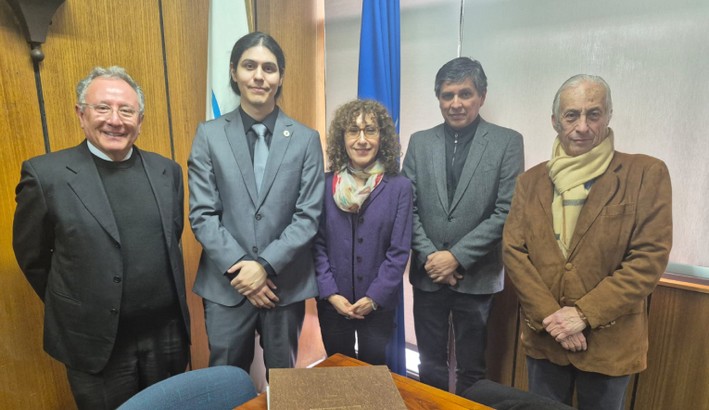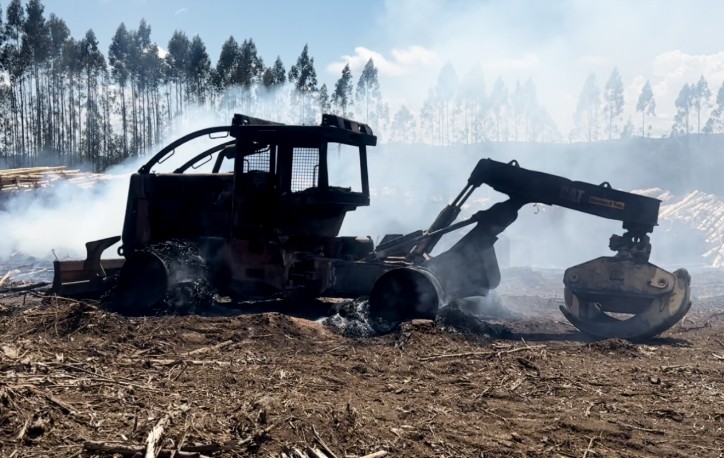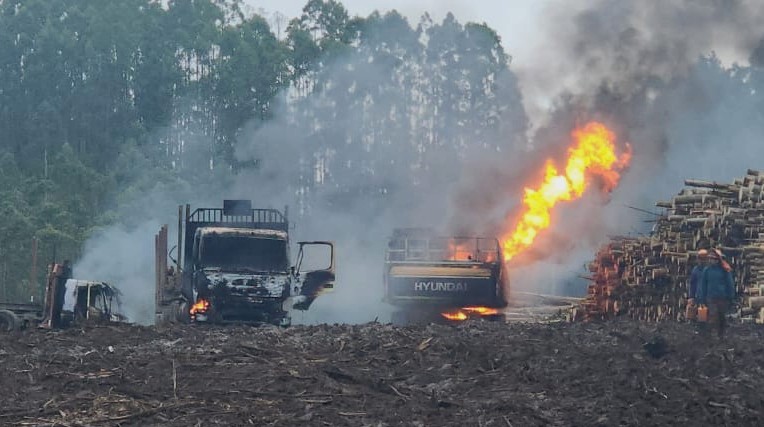Graduate Analyzed the Impact of Subterranean Termites on Wood
Radiata pine wood is one of the pillars of Chile's forestry industry. Its versatility, availability, and physical-mechanical characteristics have positioned it as an essential resource for construction and the manufacturing of wood products. However, its vulnerability to wood-destroying agents, such as subterranean termites (Reticulitermes flavipes), demands applied research to strengthen its use. In this context, Kevin Andrés Rojas Donoso presented his thesis as a requirement to become a Forestry Engineer at the Faculty of Forestry Sciences and Nature Conservation of the University of Chile.
The study, titled "Analysis of the Effect of Impregnation and the Action of Subterranean Termites (Reticulitermes flavipes Kollar) on the Physical-Mechanical Properties of Pinus radiata D. Don Wood," was developed under the supervision of academic Dr. Alejandro Bozo. The evaluation committee included professors Ricardo Baettig, Patricio Corvalán, and Amanda Huerta.
The research evaluated the mechanical behavior of radiata pine wood, both impregnated and non-impregnated with CCA salts, subjected and not subjected to subterranean termite attack. Through rigorous bending, compression, and hardness tests—governed by Chilean standards—over 100 specimens were analyzed in the Laboratory of Physical and Mechanical Properties of Wood and Sustainable Materials at the Faculty.
The results showed that impregnation significantly affects the mechanical properties of wood, reducing values such as modulus of rupture and breaking stress. Conversely, it showed an increase in hardness, particularly in the parallel direction. Regarding the effect of termites, the high mortality of individuals during the experiment prevented a clear determination of their direct impact on mechanical properties.
Kevin Rojas' work not only provides valuable information for improving the structural use of radiata pine but also highlights the importance of applying specific standards to ensure the survival of wood-destroying organisms in laboratory studies. His contribution represents a significant step toward safer and more sustainable wood construction in Chile.









